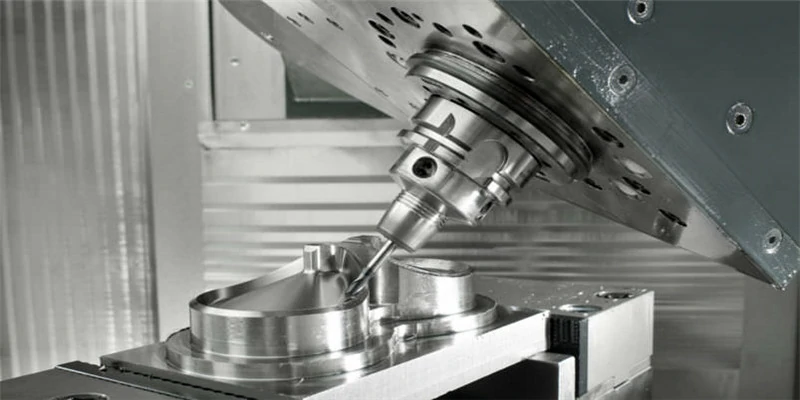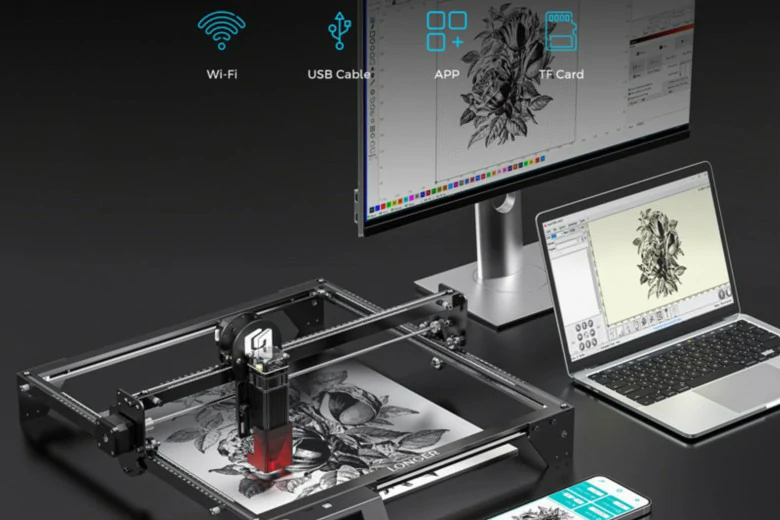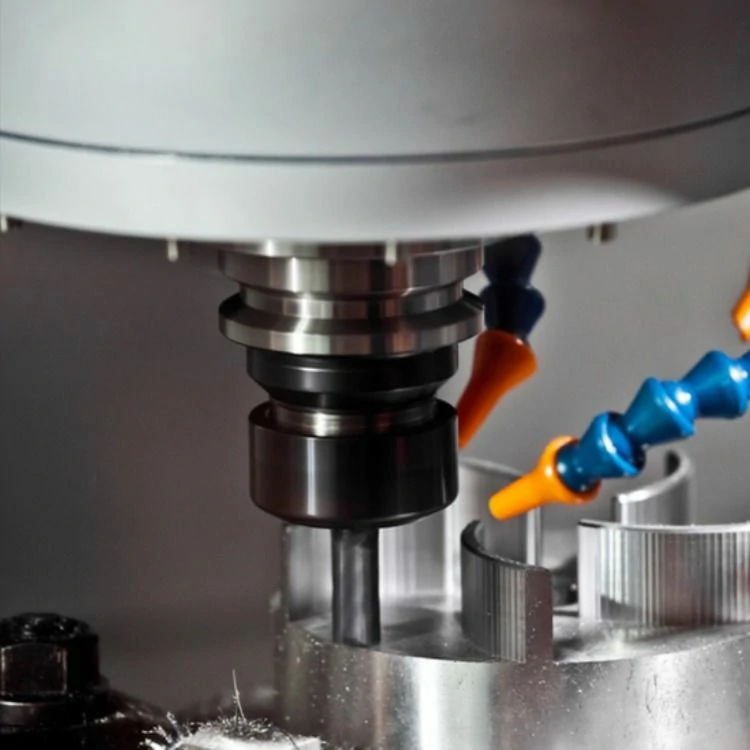What determines the accuracy of CNC machining of metal parts
CNC machining has revolutionized the manufacturing industry by providing precise and accurate production of metal parts. CNC stands for Computer Numerical Control, and it refers to a manufacturing process in which pre-programmed software controls the movement of machinery and tools. However, achieving high accuracy in CNC machining of metal parts involves several factors that need to be taken into consideration. In this article, we will explore the key determinants of accuracy in CNC machining.
First and foremost, machine calibration plays a crucial role in determining the accuracy of CNC machining. Calibration ensures that the machine’s positioning system is aligned correctly, ensuring that the tool moves precisely as programmed. If the machine is not calibrated properly, even the most well-designed program will result in inaccurate parts. Regular calibration and maintenance of CNC machines are essential to maintain accuracy and prevent any deviations.
The cutting tool used in CNC machining is another critical factor affecting accuracy. The quality, geometry, and sharpness of the cutting tool directly impact the precision of the finished part. Dull or worn-out tools can result in rough finishes, dimensional inaccuracies, and even tool breakage. Therefore, regular inspection and replacement of cutting tools are necessary to ensure optimal accuracy in CNC machining.
Material selection and preparation also influence the accuracy of CNC machining. Different metals have varying properties, such as hardness, thermal conductivity, and machinability. Machining parameters, such as cutting speed, feed rate, and depth of cut, need to be adjusted accordingly for different materials to achieve the desired accuracy. Furthermore, proper material preparation, such as removing impurities or deformations, is vital to ensure consistent and accurate machining.
The programming and design of the CNC machining process is another crucial factor in achieving accuracy. CAD/CAM software is used to create the CNC program, which defines the tool’s path and cutting parameters. Any errors or inaccuracies in the programming stage will translate into the final product. Thoroughly reviewing and debugging the program, as well as utilizing advanced simulation tools, can help identify and rectify any potential issues before manufacturing begins.
Additionally, the stability and rigidity of the CNC machine and workholding system are vital for accuracy. Vibration or flexing during the machining process can result in dimensional variations and poor surface finishes. Ensuring a stable and robust setup, including the machine structure, fixtures, and clamps, is essential to minimize any unwanted movement and maintain accuracy.
Environmental factors also need to be considered when aiming for accurate CNC machining. Temperature fluctuations can cause thermal expansion or contraction of the machine and workpiece, leading to dimensional variations. It is crucial to control the temperature in the machining environment to minimize these effects. Apart from temperature, dust, humidity, and other contaminants can also impact accuracy, so keeping a clean and controlled environment is necessary.
Lastly, the skill and experience of the operators involved in CNC machining play a significant role in achieving accuracy. The operators need to have a thorough understanding of the CNC machine’s capabilities, the material being machined, and the programming software. Skilled operators can make adjustments on the fly, monitor the machining process closely, and quickly identify and address any issues that may arise.
In conclusion, the accuracy of CNC machining of metal parts is determined by various factors. Machine calibration, cutting tool quality, material selection, programming, stability, environmental conditions, and operator expertise all contribute to achieving high precision. By paying attention to these factors and implementing appropriate measures, manufacturers can ensure accurate and reliable production of metal parts using CNC machining technology.
.webp)



